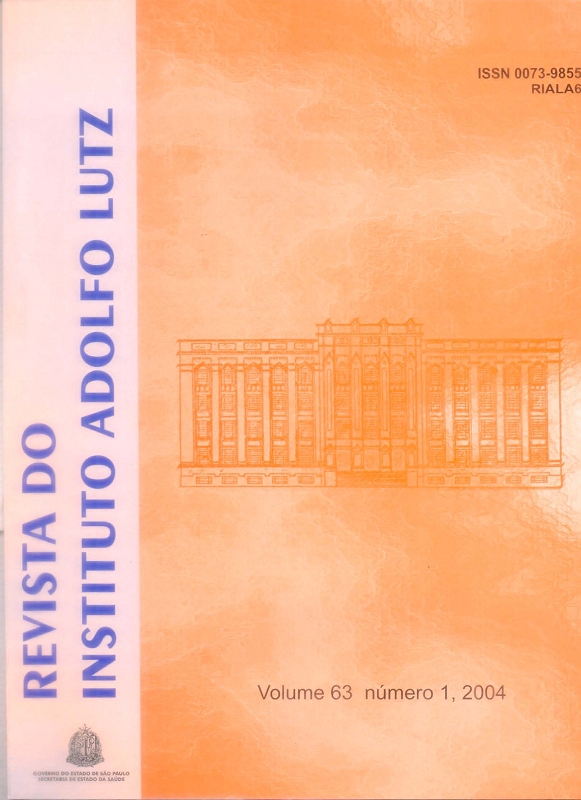Resumo
There has been an increase of Mycobacterium
tuberculosis strains that are resistant to the current anti-TB
agents, mainly through acquired resistance by therapeutic
failure, This fact has underscored the need of a quick
development of antimycobacterial drugs that are more
effective than those currently in use. Moreover, new
methodologies to determine the bactericidal activity of these
compounds have been proposed. This study describes the
use of bioluminescent strains of Mycobacterium
tuberculosis H37Rv – ATCC 27974 and Mycobacterium
tuberculosis Erdman ATCC 35801 both containing the
plasmid pSMT1 constructed with luxA and luxB genes from
Vibrio harveyi in a screening to evaluate the
antimycobacterial activities of anti-TB agents. The
standardization of the technique was performed using
isoniazid and rifampicin, as a drug standard and the results
of Minimal Inhibitory Concentration (MIC) were 0.03 μg/mL
and 0.03 μg/mL, respectively. These values were totally
compatible with those obtained with Microplate Alamar Blue
Assay (MABA). The standardization of the bioluminescence
measurement of intracellular antimycobacterial activity was
performed using the J774 murine macrophage-like cell line
infected with Mycobacterium tuberculosis Erdman
containing the plasmid pSMT1 and rifampicin as a drug
standard and the result of MIC was 0.16 μg/mL similar with
those obtained with the technique of colony forming unit
(CFU). A total of 32 compounds were evaluated, 19 crude
plants extracts and 13 synthetic compounds and the results
of Minimal Inhibitory Concentration were compared with
those obtained with the MABA. 02 crude plants extracts
and 02 synthetic compounds were evaluated and the results
of MIC and percent of inhibition were compatible with those
obtained with the CFU technique. The overall agreements
between the MICs obtained by MABA and the results
obtained with the luciferase reporter strain of Mycobacterium
tuberculosis and with bioluminescence measurement of
intracellular antimycobacterial activity and the CFU
technique encourage the use of this recombinant
mycobacteria in high-throughput screening of compounds
against Mycobacterium tuberculosis.

Este trabalho está licenciado sob uma licença Creative Commons Attribution 4.0 International License.
Copyright (c) 2004 Sato, D. N.
